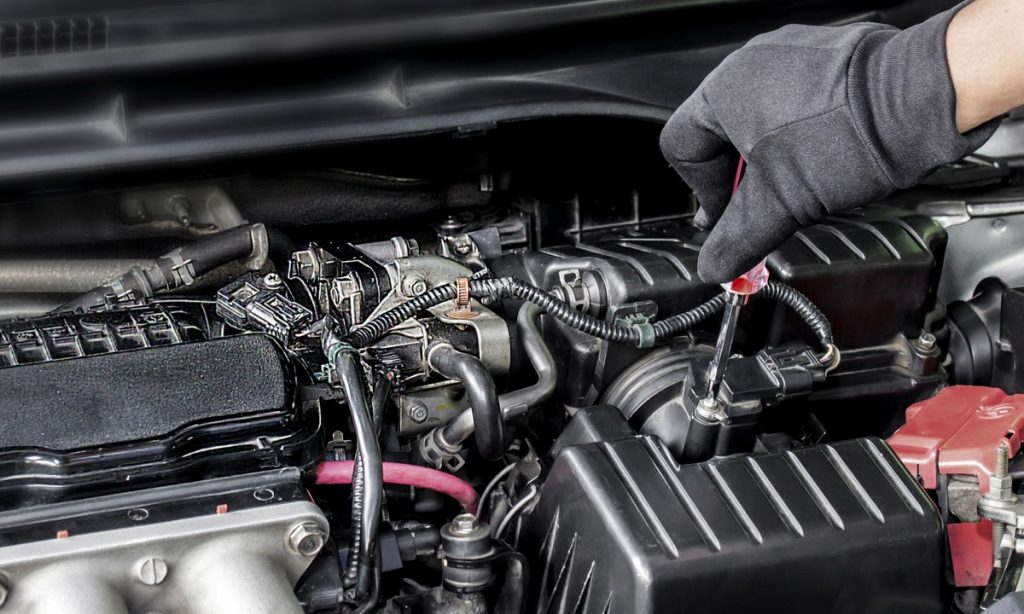Where Do You Use a Nut Driver?

A nut driver is somewhat similar to a screwdriver, except that its shaft is hollow and can fit over a nut or bolt. You can use a screwdriver of any size on most screws, but with a nut driver, you need to be mindful of the size since you’ll be fitting a hollow shaft over a nut or bolt and rotating it. Here’s everything you need to know about nut drivers:
Using a Nut Driver
Using a nut driver is just as simple as using a screwdriver. Don’t be confused by “nut driver bits” since they’re only attachments that go on top of a cordless screwdriver. Most people use these terms interchangeably, but a nut driver usually refers to a manual one and nut driver bits are usually used with power tools. You can also find some dual-purpose nut drivers out there — a screwdriver on one end and a nut driver on the other.
All you’ve got to do is thread the nut or bolt into the shaft’s open-end, followed by rotating clockwise for tightening and anti-clockwise for loosening. Whether you choose to rotate the nut or bolt, you’ll have to keep the other item in its place for a successful application.
What to Consider When Buying a Nut Driver
Unlike screwdrivers (which are usually usable even when picked based just on the shape of the screw), you have to pay special attention to other specs too when buying a nut driver. Here’s what you must consider when buying a nut driver:
Size
Nut drivers are available in various shapes to fit certain nuts and bolts. The key is to opt for a size that you’ll be needing most often. Usually, you’ll find that 1/4, 3/8, 5/16 and ½-inch nut drivers are used more often. We suggest buying a set that contains both Standard American English (SAE) and metric sizes.
Handle Type
The second thing you should be mindful of is fixed or interchangeable shafts. If you’ll buy a set that has fixed shafts, it’ll probably cost you more. The idea is to buy a minimal set that lets you work with most nuts and bolts. We suggest that you invest in a nut driver set that comes with multiple shafts and just one handle — not only will it cost less but it will also be more portable.
Shaft Length
Lastly, you need to consider the length of the shaft — a longer shaft will be more convenient but might make it difficult for you to work with hard-to-reach areas. The most common nut drivers have shaft lengths anywhere between 5-9 inches. If you want something compact, a shaft length of 4-inches serves well. Most manufacturers only mention the complete length of the nut driver and nothing about the shaft’s length, so you may have to go the extra mile to find out.
Summing It Up: Why Are Nut Drivers Not as Common as Screwdrivers?
The answer is — pliers. Since most people prefer ease and availability, and since a plier can be used to tighten or loosen both nuts and bolts, it’s an excellent alternative to a nut driver. On the other hand, you can only tighten or loosen screws with a screwdriver. Plus, a layman has to deal with nuts and bolts far less often than he does with screws.
We suggest that you have at least one interchangeable nut driver set for emergencies, even if you’re used to working with nuts and bolts with pliers. You’ll notice the ease of use right away.
